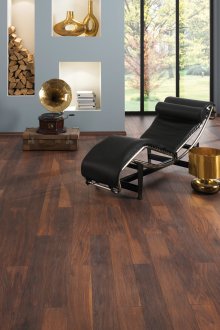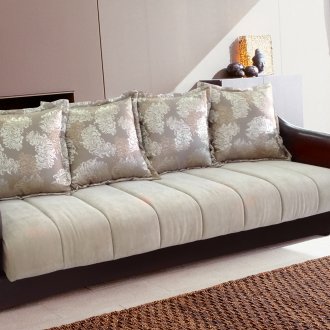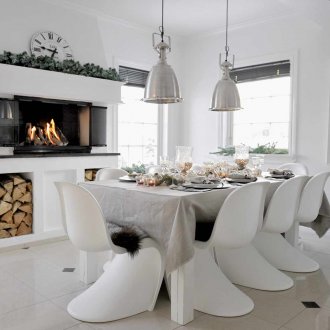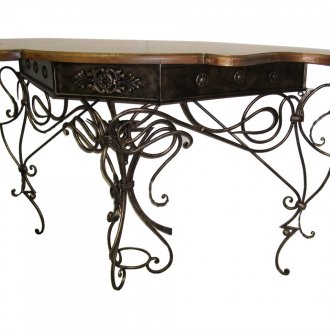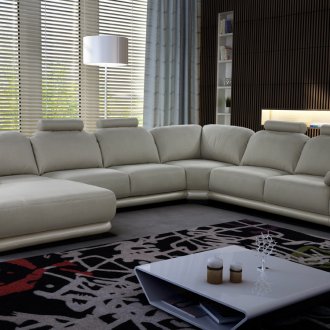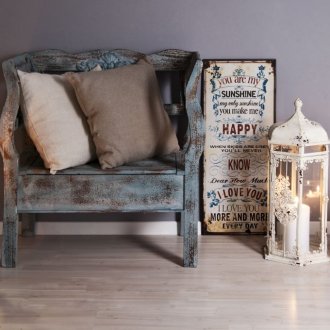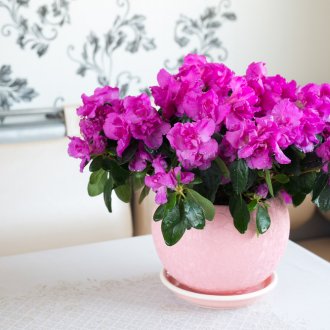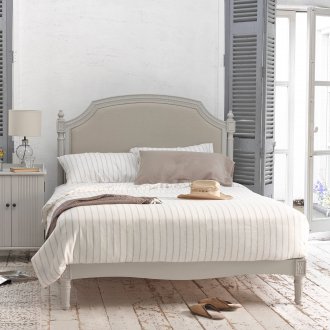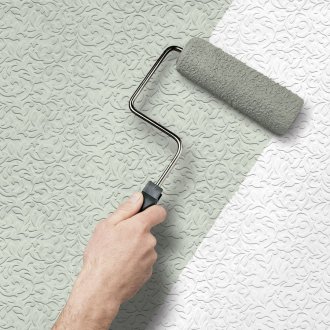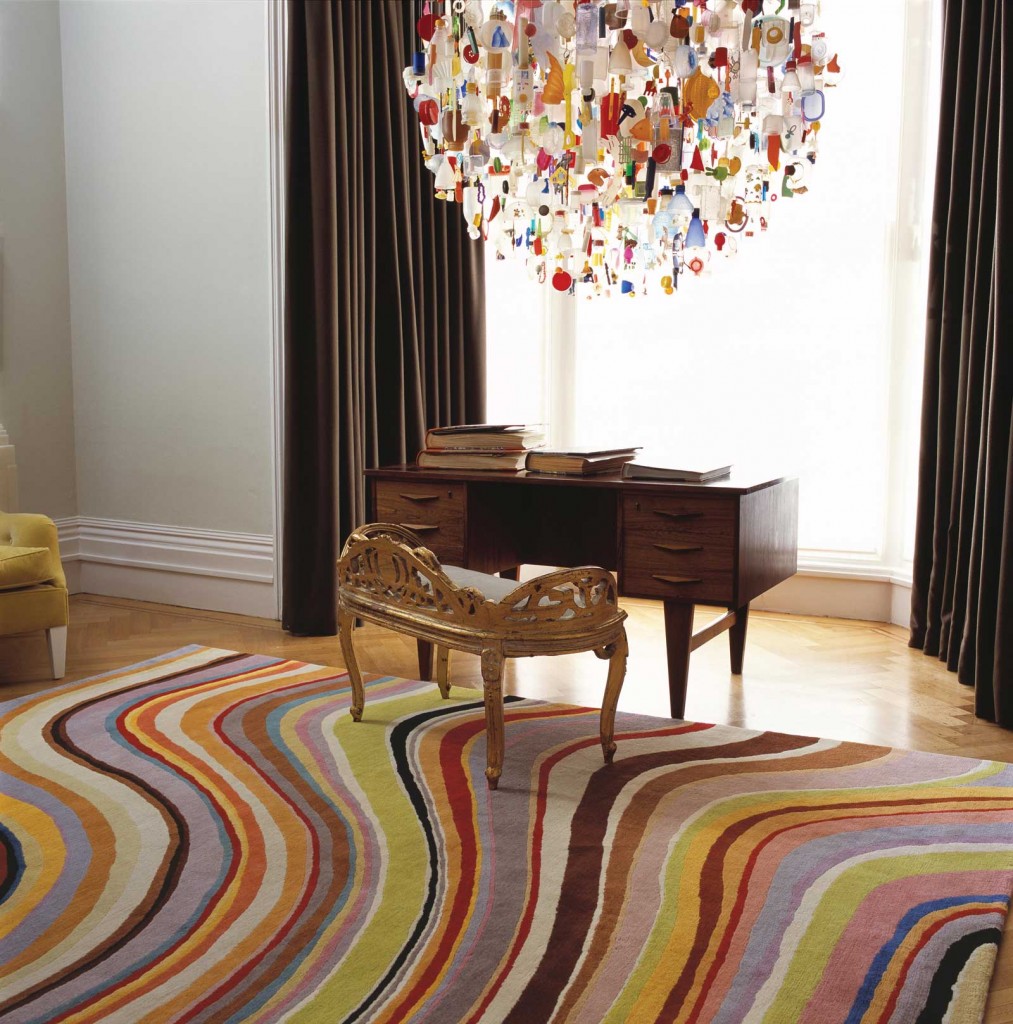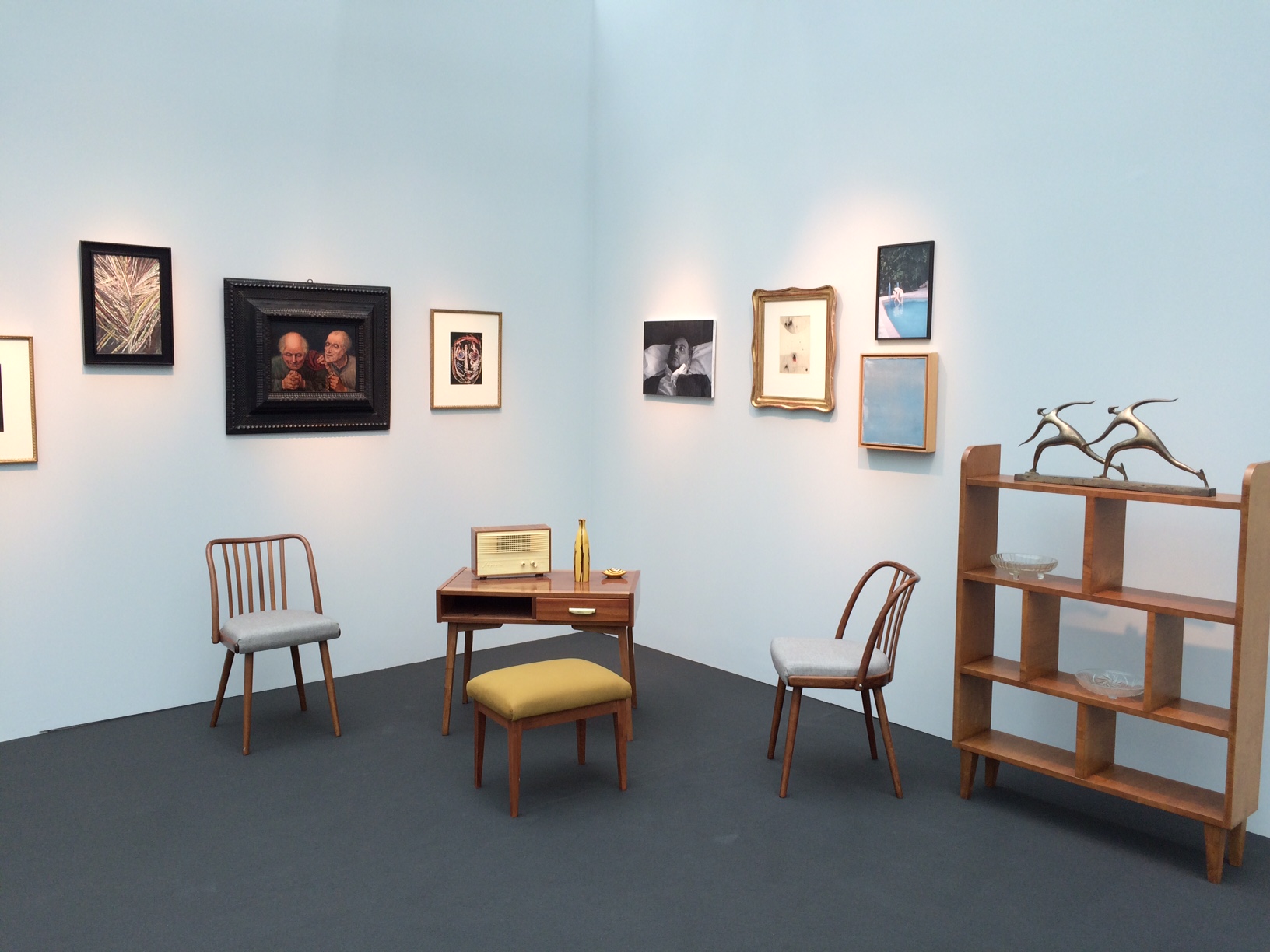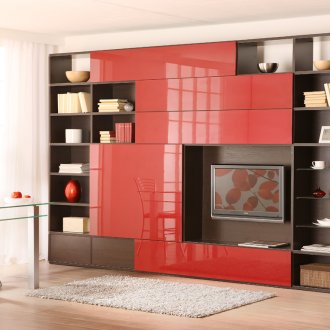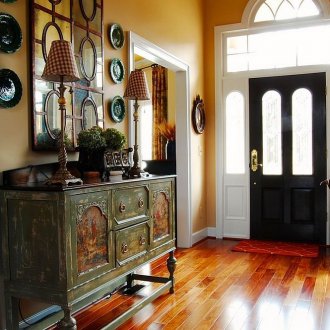Soviet furniture in the interior: a new life of old things (20 photos)
It is often believed that all Soviet furniture came from Eastern Europe. This is not a true statement because at different times in the USSR various factories produced furniture of sufficiently high quality, which differed in style. Conventionally, the furniture of the Soviet era can be divided into three stages:
- the period of the 30-50s stylistically represents the "Stalinist Empire", which is characterized by large furniture made of solid wood, decorated with pompous and elaborate decor;
- the period of the 60-70s - the minimalism of the "Khrushchev thaw", at this time furniture became popular, the main advantage of which was inexpensive price, convenience and small size, furniture sets became the first fashion;
- the period of the 80s became a time for furniture of the same type of massive walls, faceless kitchen sets made of cheap plywood with a poor-quality coating.
The production of furniture of the Soviet period did not shine with diversity, however, representatives of the furniture family of the socialist era can still be found in the apartments of our mothers and grandmothers. Today, the restoration of Soviet furniture with their own hands and the decoration of modern interiors with household items from the last century are very popular. The restoration and decoration of such furnishings for many has become a kind of hobby and a favorite way to spend free time.
Remaking old furniture
Do not throw away old Soviet furniture, which is distinguished by high-quality performance and durability. There are a large number of ideas on how to extend its service life and make it become an adornment of the modern design of any room. The first stage of restoration involves the repair and alteration of old furniture:
- First of all, it is necessary with a vacuum cleaner to remove as much as possible all the dust accumulated over many years, with the help of warm water, soap and a sponge to remove all impurities;
- to remove all peeling on wooden surfaces, cracks and irregularities on old Soviet furniture with sandpaper or a special grinding tool, repair them with putty, dry well, and grind again;
- replace the old broken hardware, select the material to strengthen the holes of the shattered canopies for the doors;
- to strengthen (if there is such a need) the legs of furniture.
It should be understood that the objects of Soviet life that are made of natural wood should be redone. Such a home environment never goes out of fashion, so remaking Soviet furniture will allow you to get an original item made from natural material in the interior that can last for many more years.
The next step will be the decoration of tidied furnishings.
Decoration of old furniture
Today, there are a large number of techniques that will allow any piece of furniture from the last century to get a new life and blend harmoniously into modern interiors. The fascinating process of decorating Soviet-era furniture is not particularly difficult and is available to everyone.
One of the most spectacular and popular ways is the use of decoupage technique, which came to us from France. Translated from French, the word "decoupage" means "cut".However, the historical roots of this extraordinarily beautiful decor go back to twelfth century China. It is believed that the poor Chinese peasants were the first to decorate furniture with carved pictures.
This technique is used to decorate absolutely any thing; old Soviet furniture was no exception. The drawing is pre-selected and cut out in accordance with the size of the decorated object and the composition that the designer intended. As such a decor, you can use:
- paper napkins, different in structure, design, pattern;
- fabrics, natural or artificial, having a smooth or printed pattern;
- fragments of wallpaper with flat or three-dimensional surfaces;
- notes, cards, cards;
- pieces of genuine or artificial leather with various types of embossing.
The choice of material, design and composition of the future for decoupage depends only on the individual preferences of the artist and the style of the room for which the item is decorated. The drawing, which is applied to the surface of the furniture, can strictly follow the stylistic direction or become a bright accent in the room.
To work, you will need scissors, PVA glue, a sponge or soft roller, brush, varnish. The design process using decoupage technique consists of several stages:
- PVA glue is diluted with water in a ratio of 1: 1;
- the contours of the future decor are carefully cut out of the selected material with scissors;
- on a dry surface with a brush, apply an even thin layer of glue;
- the cut-out pattern is gently, smoothly smoothed with a roller or sponge so that the surfaces of the decorative material and the piece of furniture are perfectly in contact;
- apply a thin layer of glue, dry and apply another layer of glue;
- dry thoroughly and cover with a thin layer of varnish.
Such furnishings look very harmonious in rooms of the most diverse stylistic directions. Even the old Soviet kitchen furniture made using decoupage technique can become a pride and an indicator of the good taste of the hostess.
In addition to the decoupage technique for decorating furniture from the time of the Soviet Union, you can use other, equally interesting methods and techniques:
- painting of furnishings with different colors and structure paints that allow you to create the effect of a bronze, gold or silver coating, which helps to create furniture that will organically complement any style decision of the room;
- Craquelure technique offers, using a special varnish coating, to artificially age furniture and give them a touch of antiquity and the charm of the historical past;
- gluing with self-adhesive film is the easiest way to restore old furniture: films that imitate various types of natural wood are especially popular.
An unusual decorative effect can be obtained if you use the method of dyeing through lace. To do this, on the surface of an old Soviet cabinet, table or bedside table, a lace cloth is fixed and furniture is painted through it. The result is an unusually light airy decor.
Restoration of upholstered furniture
Oddly enough, but very often sofas, chairs and armchairs of the Soviet era are better and more reliable than modern counterparts. If you order upholstered furniture from the USSR, it will serve its owners for a long time and become an unusual accent in the overall style of the room.
The independent restoration of old upholstered furniture will require some experience in handling an elementary working tool, a great desire and a certain amount of free time. To give a new life to Soviet upholstered furniture, you should carefully and responsibly treat each stage of the restoration:
- Before repair, you should carefully disassemble the piece of furniture into individual elements and parts;
- sand wooden surfaces with sandpaper or use sanding equipment to remove exfoliated wood particles with a soft damp cloth;
- coat the surface with a primer and dry thoroughly;
- it is best to paint wooden parts with spray paint (2-3 layers), dry and apply a special protective coating;
- if it is necessary to replace the filler, new elements should be cut from the foam rubber to the size of the old filler;
- to replace the upholstery, you should remove the old upholstery, iron and size exactly the same from the new fabric, fix the new upholstery with a construction stapler;
- collect all the details of the piece of furniture.
Amazing decorative accent that will transform the Soviet upholstered furniture will be different in shape and size of the pillow. Pillowcases of pillows can be sewn from fabrics that differ in texture or structure from the fabric of the main upholstery, crocheted or knitted, made on them by hand embroidery. You can be sure that after the restoration, the old Soviet sofa, armchair or chairs will be the subject of admiration for friends and a favorite vacation spot for all family members.
The further the era of the Soviet Union goes, the stronger is the desire of a modern person to preserve Soviet-era furniture and give them a new life. This explains the fact that the designers of the new millennium willingly restore Soviet furniture and use it as a unique decorative element of the most sophisticated interiors.


